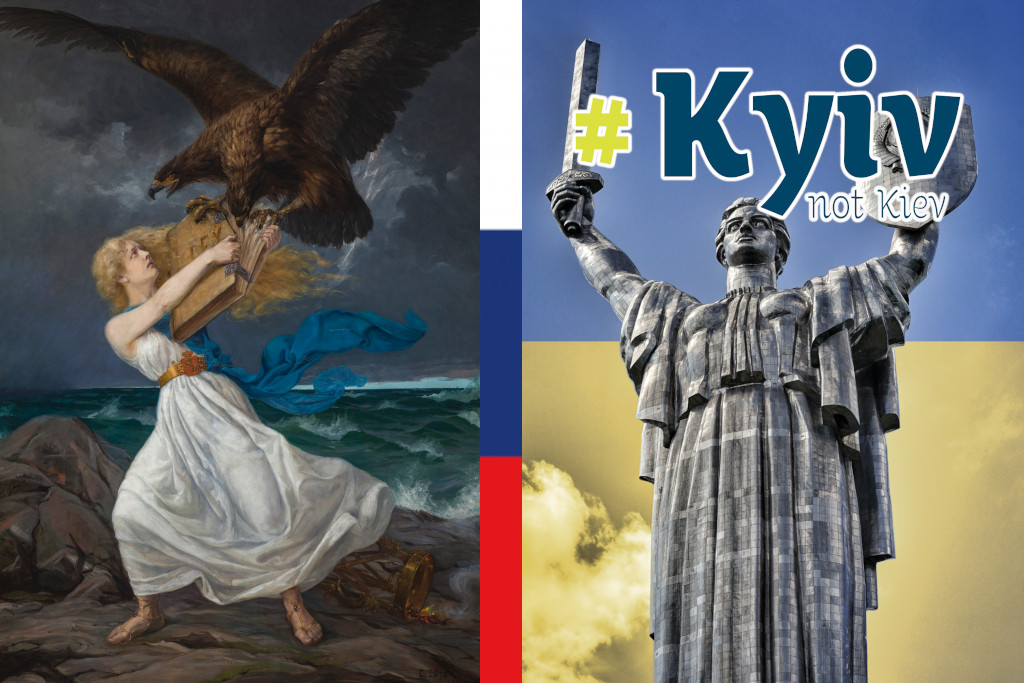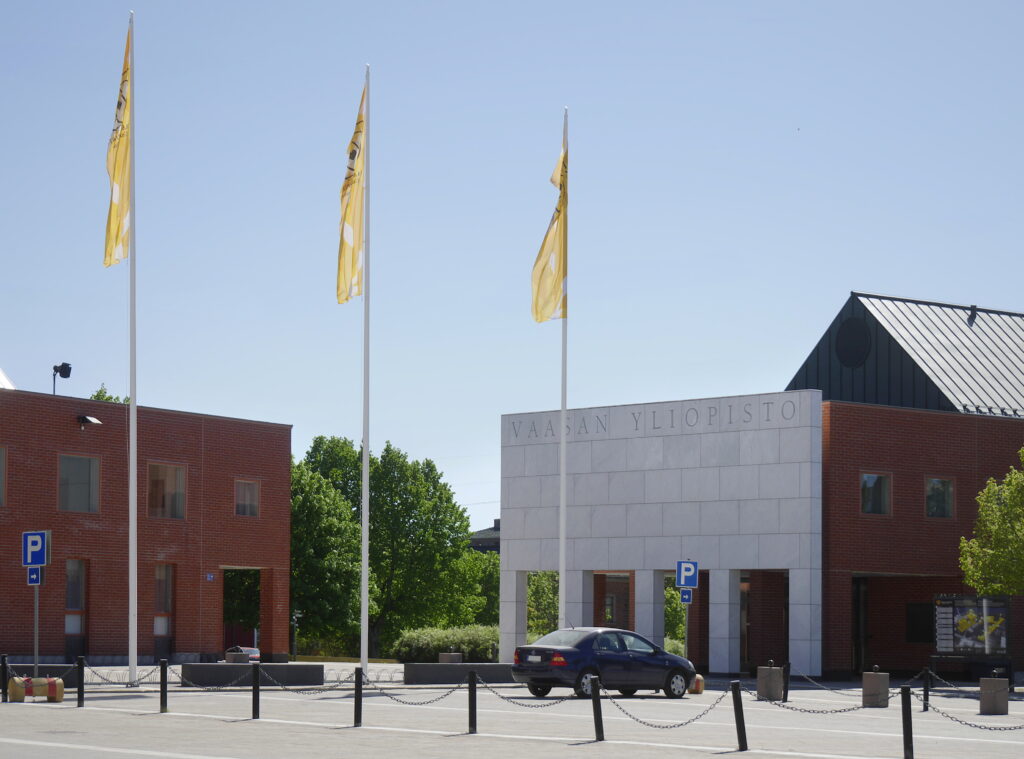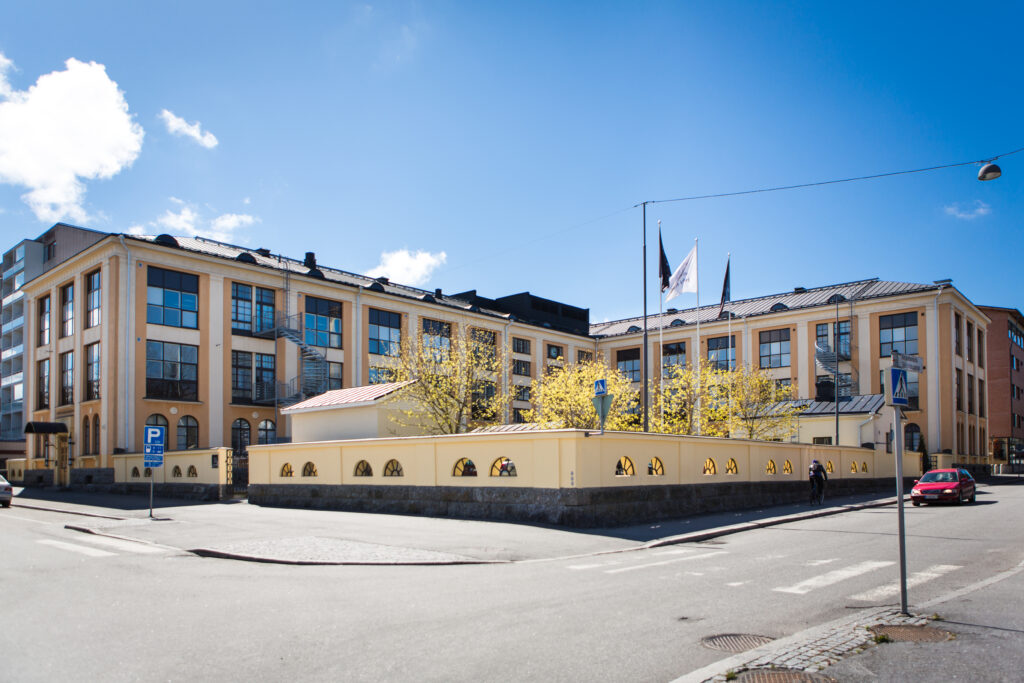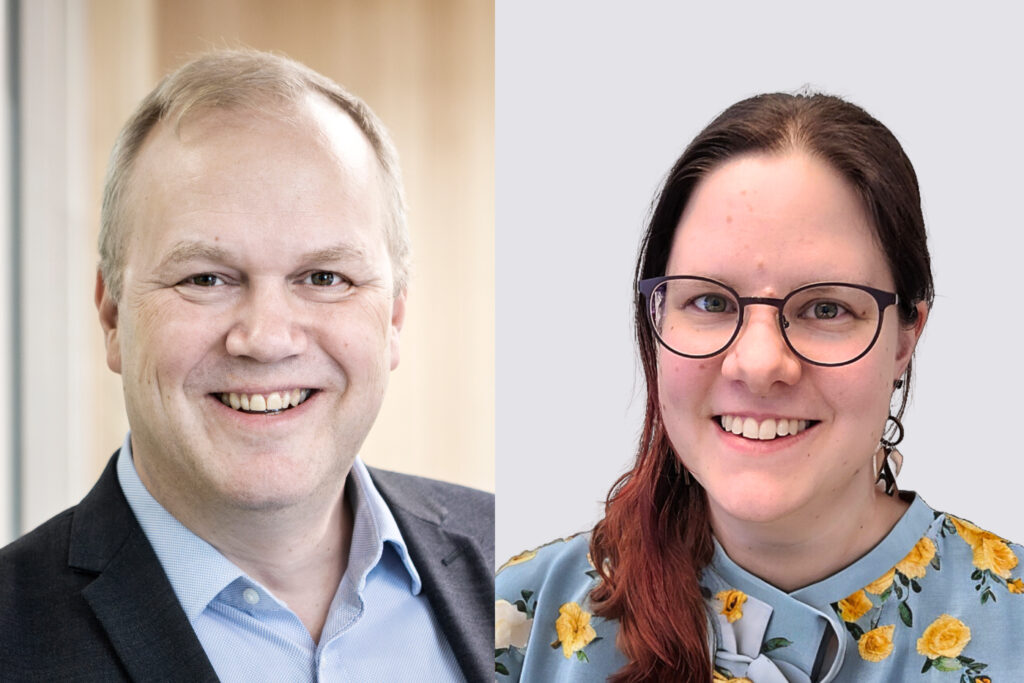Due to the ongoing war, Ukraine has become a staple of daily news around the globe. Under the extreme spotlight, the name of Ukraine’s capital city may have stuck out to some. Is it Kyiv or Kiev? At the moment, it may seem like an unimportant detail in the face of a catastrophic war. However, embracing #KyivNotKiev is an important step in helping Ukraine shed an unwanted relic of its past under Russian rule.
Place names are shaped by history and not frozen in time. Political shifts or new attitudes to the past can cause a movement to change the official name of a city, region, or even a whole country.
After the unprecedented era of peace following World War II, war has again reached the European continent after the Russian Invasion of Ukraine on February 24. On the sidelines of catastrophe, a seemingly small but meaningful question surfaces:
Why is Kiev now called Kyiv?
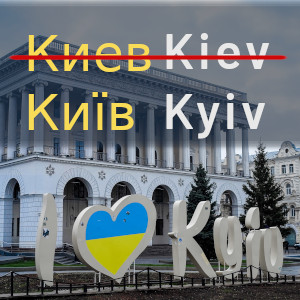
For most of our lifetimes, the capital of Ukraine has been called Kiev in English and several other languages. However, this spelling derives from the Russian Киев rather than the Ukrainian Київ. Simply put, Kiev is Russian and Kyiv is Ukrainian.
As the difference in spelling seems marginal to Western eyes, the Ukrainian government’s push for a name change has long been ignored. More than that, it has been criticized “as a populist sideshow that distracts from the more urgent tasks of fighting corruption and building a functioning economy” (The Atlantic Council, 2019).
However, things have changed in the last few years. Since the Russian annexation of Crimea in 2014, the world has become more sympathetic to Ukraine’s struggle to extract itself from the Russian sphere of influence. In 2018, Ukraine’s foreign ministry renewed its efforts through an online campaign appealing to Western media to “spell Kyiv correctly”.
The campaign has been largely successful, with prominent English-language news outlets such as the Associated Press, the BBC, and the New York Times adopting Kyiv into official usage. Several international organizations have followed suit.
Fast forward to the present, two weeks into the Russian invasion of Ukraine, and the hashtag #KyivNotKiev is arguably more relevant than ever. More than just an issue of spelling, it has become a symbol of resistance, a way to say that “Kyiv will never again be Kiev” – a rallying cry for an outraged world.
At the very least, it is just a small way that each of us can express sympathy and support for the Ukrainian people in the face of a humanitarian disaster that can easily leave us feeling powerless. Words matter, if only in a small way.
Words matter, if only in a small way.
What about other languages?
While Kyiv is now widely adopted in English, other languages are still lagging behind. As of February 2022, the TT News Agency, which releases the most influential style guide for Swedish media, still recommends using Kiev rather than Kyiv. Kiev or Kiew also remains the dominant form in for example Dutch, German and French.
Of course, this could still change. After all, the country of Belarus has only recently become known as such in Swedish, replacing the old name Vitryssland – a change that even the TT has adopted. Incidentally, Vitryssland means “White Russia” in Swedish, as does Belarus in Russian.
As for Finnish, it cares little for the Anglophonic naming conventions that tend to stick to other languages. The well-established exonym Kiova is adapted to Finnish pronounciation and is likely to remain unchanged.
Vaasa was once the “city of (Tsar) Nicholas”
Founded in 1606, while Finland was under Swedish rule, the city of Vaasa was named after the Royal House of Vasa. To this day, about 50 % of the population in the region of Ostrobothnia speak Swedish as their mother tongue. Even so, from 1855 to 1917 the city was officially renamed Nikolainkaupunki (Nikolaistad in Swedish, literally “city of Nicholas”) after Tsar Nicholas I. At this point in history, Finland was an autonomous region of the Russian Empire.
While both names derive from a past under Russian rule, the circumstances in Vaasa were quite different from those in Ukraine today. In 1852, Vaasa was largely destroyed in a great fire, but it was rebuilt closer to the seafront with the help of huge personal investments by Tsar Nicholas I.

As a show of gratitude, the governor of Vaasa proposed that the renewed city be renamed in the tsar’s honour. Supposedly, Tsar Nicholas himself saw the petition as disgraceful grovelling and denied it, but his successor Alexander II later granted it.
However, the name change sparked outrage at home, especially among the Swedish-speaking populace. In the end, Nikolainkaupunki never became more than an administrative name, while colloquially the city remained Vaasa. It officially reclaimed the name after Finland became independent in 1917.
- Read more (in Finnish): Miksi Vaasa oli joskus Nikolainkaupunki?
Russification as a catalyst both then and now
The Russification of Finland generally refers to a policy enacted in 1899 to limit the cultural and administrative autonomy of the Grand Duchy of Finland. During most of the 19th century, Finland had enjoyed many freedoms not afforded to the fully integrated parts of the Russian Empire. Russification marked an end to this.
Known as the “times of oppression” (Finnish: sortokaudet/sortovuodet), it was a traumatic time in Finland’s history that understandably increased anti-Russian sentiment. Russification was certainly one of the factors that drove the movement towards independence, which was achieved on the back of the Russian Revolution of 1917.
- Read more: The history of the development of statehood in Finland
- Author’s recommendation: The TV miniseries Aktivistit (Aktivisterna, 2019) offers a visceral representation of the Finnish struggle for independence in the early 1900s, culminating in the assassination of Governor-General Bobrikov. The series is available on YLE Areena, but unfortunately without English subtitles.
Ultimately, unlike Ukraine, Finland was never fully absorbed into the Russian Empire or the Soviet Union. Any parallels between the current war and our history with Russia must be made with this in mind. That being said, Russian aggression once again seems to be a catalyst for an even stronger countermovement – the struggle for freedom and self-determination. More than anything, a nation’s past should not define its future.
#KyivNotKiev is a symbol of Ukraine’s struggle to shed an unwanted relic of Russian imperialism. Here in Finland, we can at least attempt to understand that struggle through the lens of our shared past.

